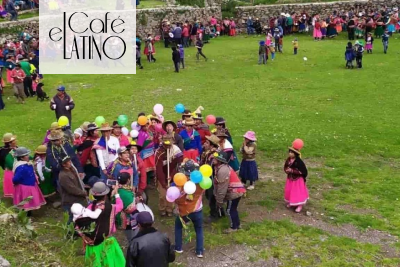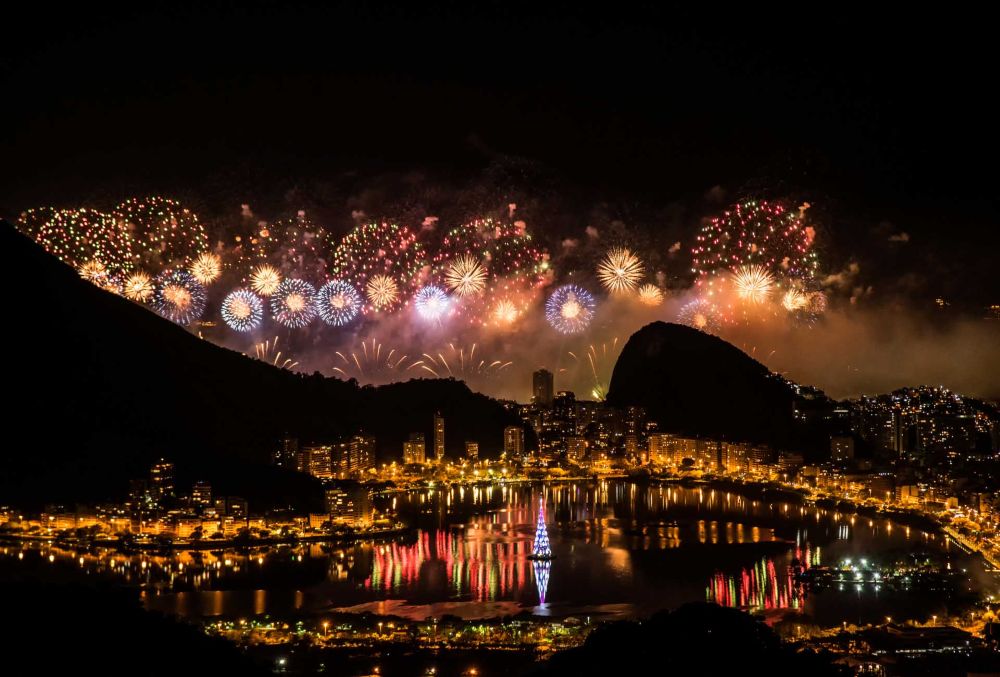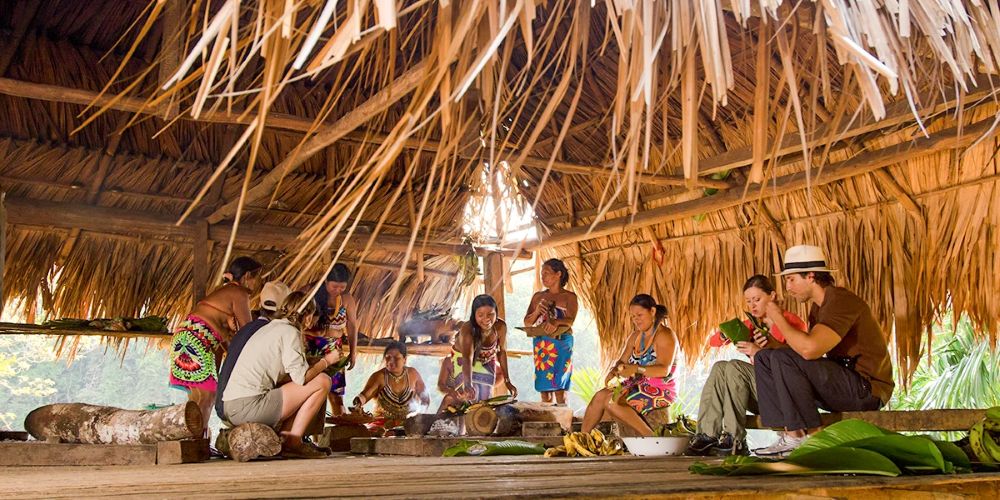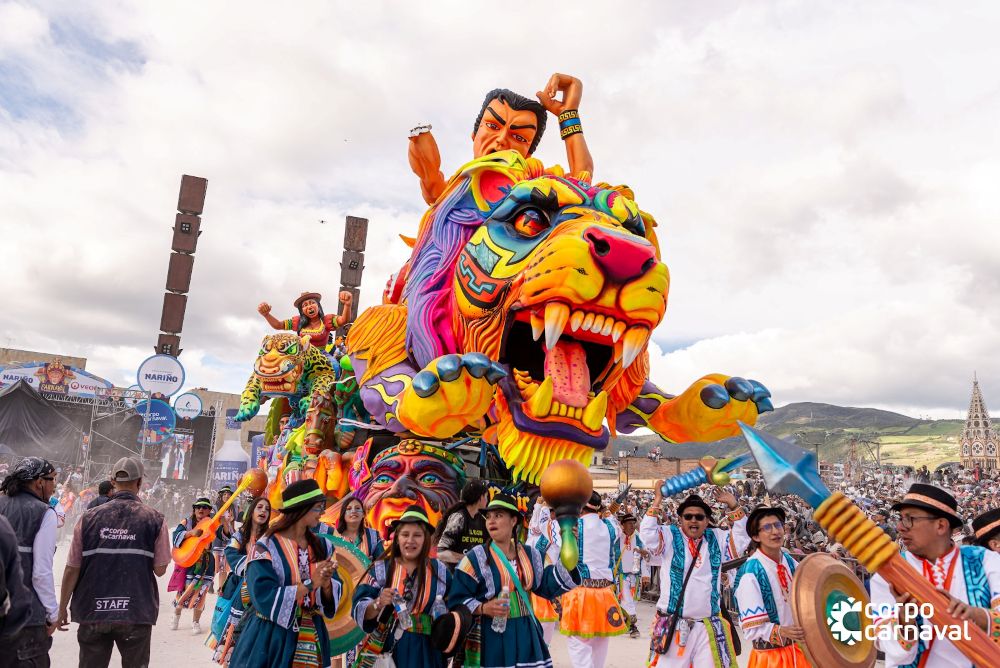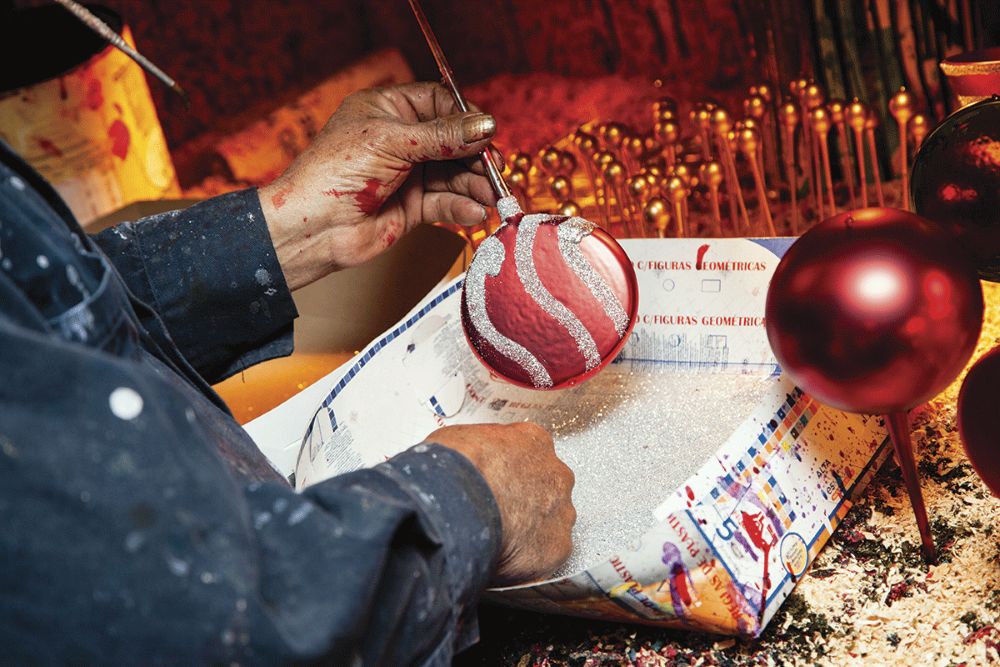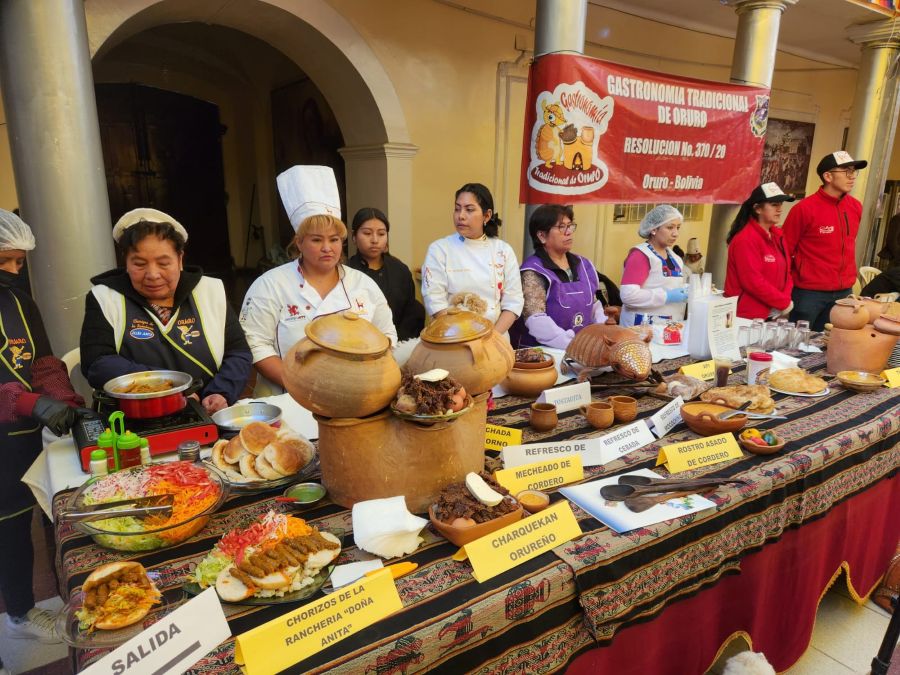Texte de Stéphanie Gadat – Cet article a été publié initialement sur le site www.elcafelatino.org
Le manuscrit de Huarochirí est l’une des sources écrites les plus importantes dont disposent aujourd’hui les historien·ne·s sur les Andes préhispaniques. L’absence de système d’écriture préhispanique (les quipu, un système de cordes nouées, permettaient de transmettre des informations, mais leur statut d’écriture reste discuté, et nous ne savons en tous les cas pas les déchiffrer aujourd’hui) a conduit les historiens à utiliser les sources coloniales, principalement rédigées en espagnol. Le manuscrit de Huarochirí date de la période coloniale (environ 1608, soit près d’un siècle après l’arrivée des conquistadors espagnols à la suite de Francisco Pizarro en 1532) mais il est particulièrement précieux car il s’agit de la plus longue source connue en quechua, et en raison de la richesse de ses descriptions sur les pratiques et les croyances préhispaniques dans la Sierra centrale (Pérou).
Un prêtre et ses paroisien.ne.s : une enquête sur l’évangélisation et l’extirpation d’idôlatrie
Se plonger dans le manuscrit de Huarochirí aujourd’hui relève de l’enquête judiciaire pour réussir à rassembler les informations sur les protagonistes et leurs motivations. Malgré l’indication dans une marge « de la main et plume de Tomas », le contexte d’écriture du manuscrit reste obscur mais il semblerait qu’il soit le résultat d’une écriture collaborative. Le document lui-même relève déjà de l’enquête, puisque Cristobal Choque Casa -un indigène converti au christianisme- aurait aidé Francisco d’Avila -curé de la paroisse de San Damian– à récolter des informations sur les cultes préhispaniques qui continuaient d’être pratiqués, et que les évangélisateurs rassemblaient sous le terme d’idolâtrie.
Le manuscrit a eu pour effet de révéler aux Espagnols la survivance et la vivacité d’un certain nombre de cultes préhispaniques après près d’un siècle d’évangélisation. Les volontés personnelles de Bartolomé Lobo de Guerrero qui devient archevêque de Lima en 1609, et de Francisco d’Avila qui est le premier à être nommé « visitador d’idolatría » en 1610, ont joué un grand rôle dans l’ouverture de cette période où l’évangélisation est systématisée et fait de la persécution de l’idolâtrie un de ses principaux outils.
Cette période de transition où deux religions s’entrechoquent est également perceptible dans le texte, dont un passage semble décrire la crise spirituelle du narrateur. Il raconte comment il s’est fait poursuivre par l’ombre de Llocllayhuancupa, qui faisait trembler la terre autour de lui pour le terroriser. Les prières chrétiennes récemment apprises l’ont aidé à repousser la divinité, tandis qu’un second épisode onirique montre sa lutte pour l’affirmation de sa foi.
Quand la nature est animée: l’incroyable univers de Huarochirí
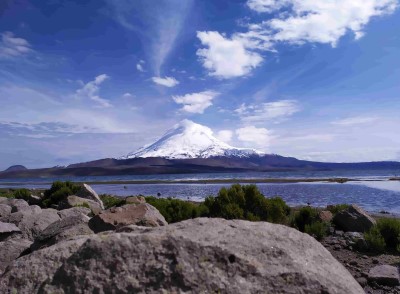
L’auteur du manuscrit regrette l’absence d’un système d’écriture comparable à celui des Espagnols et se donne ainsi pour objectif de « [mettre] ici par écrit les traditions des anciens hommes de Huarochirí, tous protégés par le même père, Pariacaca, leurs croyances et leurs coutumes telles qu’ils les ont conservées jusqu’à aujourd’hui » afin qu’elles ne s’oublient pas.
Cet ancrage local dans la province de Huarochirí (sierra centrale) et l’ethnie Checa est très intéressant pour percevoir les différences régionales au sein de l’empire inca. La perspective du manuscrit diffère en de nombreux points de celle de l’élite inca de Cusco, qui nous est plus souvent parvenue à travers les chroniqueurs espagnols et métis. La région de Huarochirí n’a probablement connu la domination inca que pendant quelques années (entre 1460 environ, et la conquête espagnole dans les années 1530), de sorte que les particularités locales y sont très marquées.
Ainsi le Soleil, souvent considéré comme la divinité principale des Incas, est absent du manuscrit. La divinité wak’a tutélaire de la région en revanche est Pariacaca, un sommet montagneux et enneigé qui domine la région. Les wak’a étaient souvent des éléments du paysage que l’on considérait animés, et qui transmettaient leur « force vitale » (traduction du quechua camac) aux êtres vivant sur leur territoire. Une partie du manuscrit est consacrée à l’affrontement entre Pariacaca et Huallallo Carhuincho, deux wak’a montagneuses qui peuvent refléter le conflit entre l’ethnie checa et yunga (ce terme générique désigne les peuples des terres basses, entre autres des contreforts amazoniens, où ils auraient fui après la défaite de Huallallo Carhuincho). Dans une succession de récits hauts en couleur, le manuscrit nous donne à voir les interactions entre des wak’a entre eux, avec les hommes et les animaux, comme par exemple les défis que doit relever Huatyacuri avec l’aide de son père Pariacaca. Certains épisodes font preuve d’étranges ressemblances avec des passages bibliques vraisemblablement connus des auteurs, comme celui d’un pasteur sauvé des inondations par son lama rapproché de l’épisode biblique du déluge, ou celui de la wak’a Cahuillaca qui a un fils en étant vierge après avoir mangé un fruit dans lequel Cuniraya Viracocha avait introduit sa semence. D’autres passages fournissent des justifications mythologiques à la présence des poissons dans la mer, aux caractéristiques du puma, du condor, du renard, ou font intervenir un bestiaire fantastique, comme Amaru, le gigantesque serpent des lagunes.
Malgré son caractère relativement court, ce manuscrit a pu être comparé à d’autres grands textes, de l’Ancien Testament à l’épopée de Gilgamesh en passant par le Popol Vuh maya. Il regorge de descriptions et de récits, dont la richesse vaut autant pour le chercheur pour qui il constitue une source incontournable, que pour le lecteur qui trouvera dans ce débordement d’anecdotes de quoi épancher sa curiosité.

